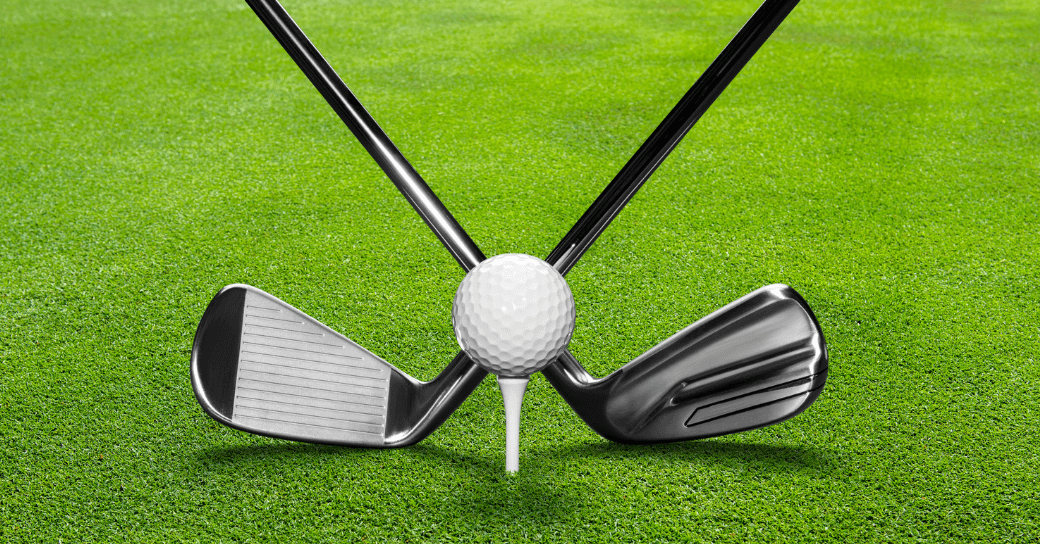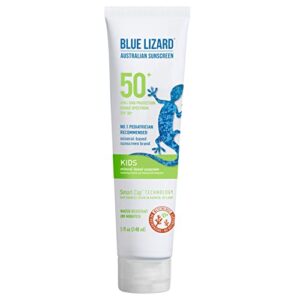Contents
Golf is a sport that requires precision, skill, and the right equipment. Among the essential gear, golf clubs play a crucial role in determining your performance on the course. Keeping your golf clubs clean is vital for maintaining their condition and ensuring optimal performance. In this comprehensive guide, we will delve into the importance of cleaning your golf clubs, the tools and materials needed, and step-by-step instructions to clean them effectively.
Why Clean Your Golf Clubs?
Cleaning your golf clubs is not just about aesthetics; it has practical benefits that can enhance your game. Here are some key reasons why you should regularly clean your golf clubs:
- Improved Performance: Dirt, grass, and debris can accumulate on the clubface, affecting the spin and trajectory of the ball. Clean clubs ensure a better grip and more accurate shots.
- Extended Lifespan: Regular cleaning helps prevent rust and corrosion, extending the lifespan of your golf clubs. This is particularly important for the metal components of your clubs.
- Better Grip: A clean grip is essential for maintaining control during your swing. Dirt and sweat can make the grip slippery, impacting your performance.
- Professional Appearance: Clean clubs look more professional and reflect your commitment to the sport. This can boost your confidence and leave a positive impression on fellow golfers.
Tools and Materials Needed
Before you start cleaning your golf clubs, gather the following tools and materials:
- A bucket of warm water
- Mild dish soap or specialized golf club cleaner
- A soft-bristle brush or old toothbrush
- A towel or microfiber cloth
- A plastic or wooden tee
- Steel wool (for stubborn rust spots)
- A golf club cleaning solution (optional)
- A drying rack or stand
Step-by-Step Guide to Cleaning Golf Clubs
Step 1: Prepare the Cleaning Solution
Fill a bucket with warm water and add a few drops of mild dish soap or a specialized golf club cleaner. The warm water helps to loosen dirt and grime, while the soap breaks down oils and debris. Ensure the water is not too hot, as excessive heat can damage the club’s finish.
Step 2: Soak the Clubheads
Place the clubheads of your irons and wedges in the soapy water, ensuring the ferrules (the part where the shaft meets the clubhead) are not submerged. Soak the clubheads for about 5-10 minutes to loosen any dirt and grass.
Step 3: Scrub the Clubheads
Using a soft-bristle brush or an old toothbrush, gently scrub the clubheads to remove dirt, grass, and debris. Pay special attention to the grooves on the clubface, as dirt in the grooves can affect ball spin and control. For stubborn dirt, use a plastic or wooden tee to clean out the grooves.
Step 4: Rinse and Dry
Rinse the clubheads thoroughly with clean water to remove any soap residue. Use a towel or microfiber cloth to dry the clubheads immediately to prevent water spots and rust. Ensure the clubs are completely dry before storing them.
Step 5: Clean the Shafts
Wipe down the shafts with a damp cloth to remove dirt and sweat. For steel shafts, you can use steel wool to gently remove any rust spots. Be cautious not to scratch the surface. Dry the shafts thoroughly with a towel.
Step 6: Clean the Grips
Mix a small amount of mild soap with water and use a soft-bristle brush to scrub the grips. Pay attention to any dirt or oils that may have accumulated. Rinse the grips with clean water and dry them with a towel. Avoid using harsh chemicals or abrasive materials on the grips, as they can cause damage.
Step 7: Inspect and Store
Inspect your golf clubs for any signs of damage or wear. If you notice any issues, such as loose heads or damaged grips, consider getting them repaired or replaced. Once your clubs are clean and dry, store them in a cool, dry place. Use a golf bag with individual club compartments to prevent them from clanging together and causing damage.
Tips for Maintaining Clean Golf Clubs
Cleaning your golf clubs regularly is essential, but there are also some tips to help you maintain their cleanliness and condition:
- Clean After Each Round: After every round of golf, take a few minutes to wipe down your clubs with a damp towel. This prevents dirt and grass from hardening and becoming more difficult to remove later.
- Use Headcovers: Invest in headcovers for your woods and putter to protect them from scratches and dings. Headcovers also help keep dirt and debris off the clubheads.
- Avoid Wet Conditions: Try to avoid playing in excessively wet conditions, as moisture can lead to rust and corrosion. If you do play in wet weather, ensure your clubs are thoroughly dried before storing them.
- Store Properly: Store your golf clubs in a climate-controlled environment to prevent temperature and humidity fluctuations that can cause damage. Avoid leaving your clubs in the trunk of your car for extended periods.
- Regular Inspections: Periodically inspect your clubs for signs of wear and tear. Check the grips, shafts, and clubheads for any damage or loose parts. Addressing issues early can prevent further damage and extend the life of your clubs.
Cleaning Specific Types of Golf Clubs
Different types of golf clubs require slightly different cleaning techniques. Here are some specific tips for cleaning various types of clubs:
Irons and Wedges
Irons and wedges are the most frequently used clubs and tend to accumulate the most dirt. Follow the steps outlined above for cleaning clubheads, focusing on the grooves and clubface. For forged irons, be extra gentle to avoid damaging the softer metal.
Woods and Hybrids
Woods and hybrids typically have larger clubheads and different materials than irons. Use a damp cloth to wipe down the clubheads, avoiding soaking them in water. Pay attention to the crown and sole, where dirt and grass can accumulate. Use a plastic tee to clean the grooves if necessary.
Putters
Putters require special care due to their delicate design and finish. Use a damp cloth to wipe down the putter head, avoiding harsh scrubbing. Pay attention to the face and sole, where dirt can affect your putting performance. Consider using a specialized putter cleaning solution for stubborn spots.
Conclusion
Cleaning your golf clubs is a simple yet crucial task that can significantly impact your performance and the longevity of your equipment. By following the steps outlined in this guide and incorporating regular maintenance into your routine, you can ensure that your golf clubs remain in top condition. Remember, a clean club is a happy club, and a happy club can make all the difference in your game. So, take the time to care for your clubs, and enjoy the benefits of improved performance and a more enjoyable golfing experience.










